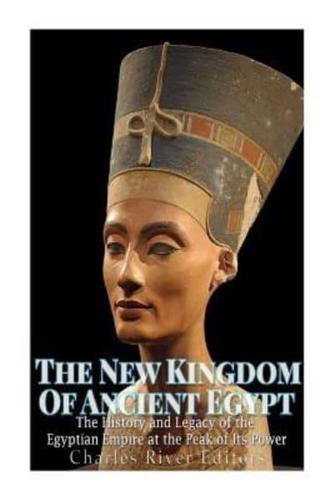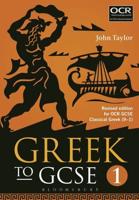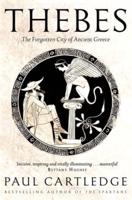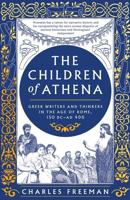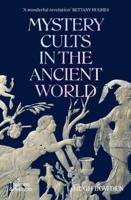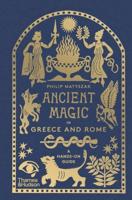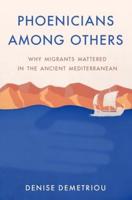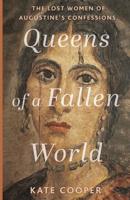Publisher's Synopsis
*Includes pictures
*Includes ancient accounts of the New Kingdom
*Includes online resources and a bibliography for further reading
What makes the accomplishments of the Ancient Egyptians all the more remarkable is that Egypt was historically a place of great political turbulence. Its position made it both valuable and vulnerable to tribes across the Mediterranean and the Middle East, and Ancient Egypt had no shortage of its own internecine warfare. Its most famous conquerors would come from Europe, with Alexander the Great laying the groundwork for the Hellenic Ptolemy line and the Romans extinguishing that line after defeating Cleopatra and driving her to suicide.
Among all the periods in ancient Egyptian history, the New Kingdom (ca. 1550-1050 BCEE) is perhaps the best known among non-specialists and Egyptologists alike. The reasons for wide-ranging modern knowledge of the New Kingdom are many and include a wealth of extant written materials, several well-preserved temples, and numerous larger-than-life kings and other personalities. In terms of literature, the New Kingdom not only boasts the most extant texts that have been translated and studied by modern scholars, but also a number of texts originally produced during earlier periods of Egyptian history that were copied during the New Kingdom. The texts span several genres including religion, historiography, bureaucracy, and diplomacy, which have all helped Egyptologists reconstruct the chronology, religious practices, and daily lives of Egyptians during the New Kingdom. Many of the texts were inscribed on the walls of some of Egypt's greatest temples such as Medinet Habu, Luxor, and most impressive of all, Karnak. The abundance of literature written and temples constructed during the New Kingdom was the direct result of Egypt's growing influence in the Near East during the late Bronze Age.
By the time of Egypt's Nineteenth Dynasty, the Egyptians had created a vast empire that stretched from what would be the modern region of northern Sudan in the south to southern Syria in the north (Kuhrt 2010, 1:185). With control of such a vast empire, the Egyptians were able to export valuable minerals such as gold and silver, which were much rarer in the other Near Eastern kingdoms, and imported horses, timber, and chariots that they used to build their impressive military. A chronological examination of ancient Egypt during the New Kingdom reveals the process in which Egypt transitioned from a regional kingdom to an international empire. The examination will demonstrate that the New Kingdom was a fairly complex system that brought about several changes in pharaonic culture before ultimately collapsing.
The New Kingdom of Ancient Egypt: The History and Legacy of the Egyptian Empire at the Peak of Its Power chronicles the tumultuous history of Egypt late in the second millennium BCE. Along with pictures depicting important people, places, and events, you will learn about the New Kingdom like never before.
